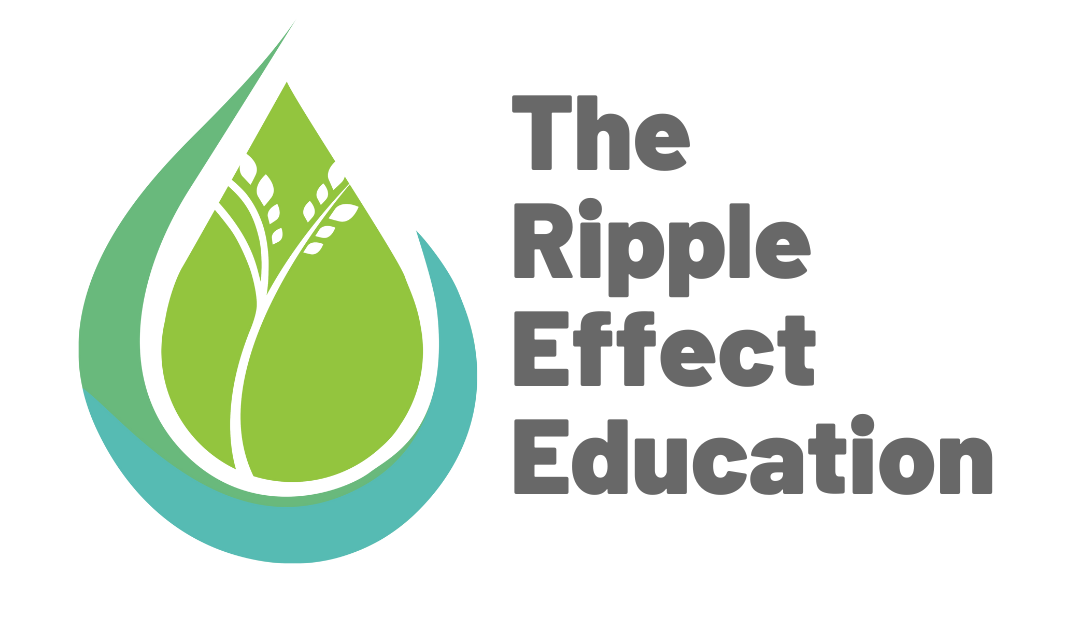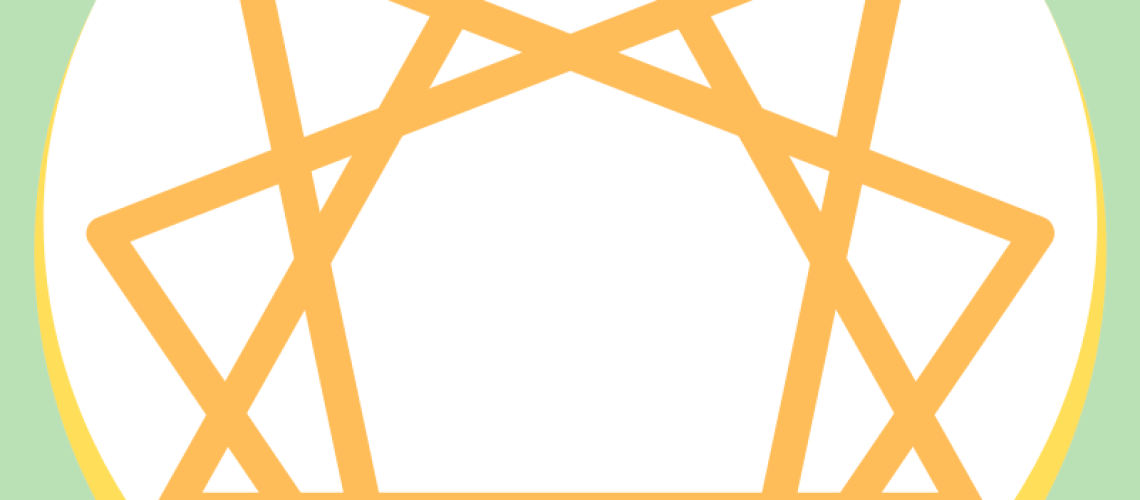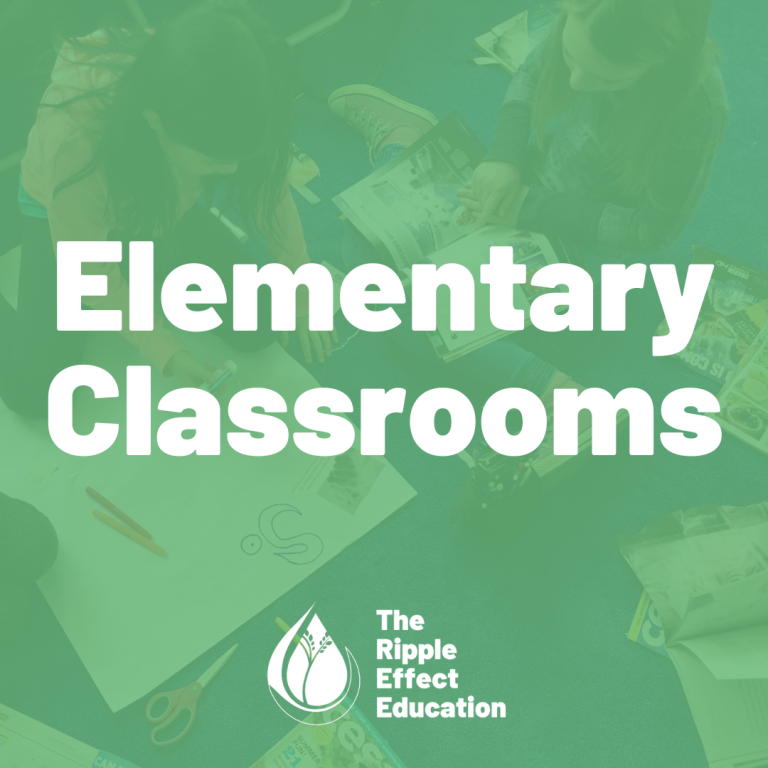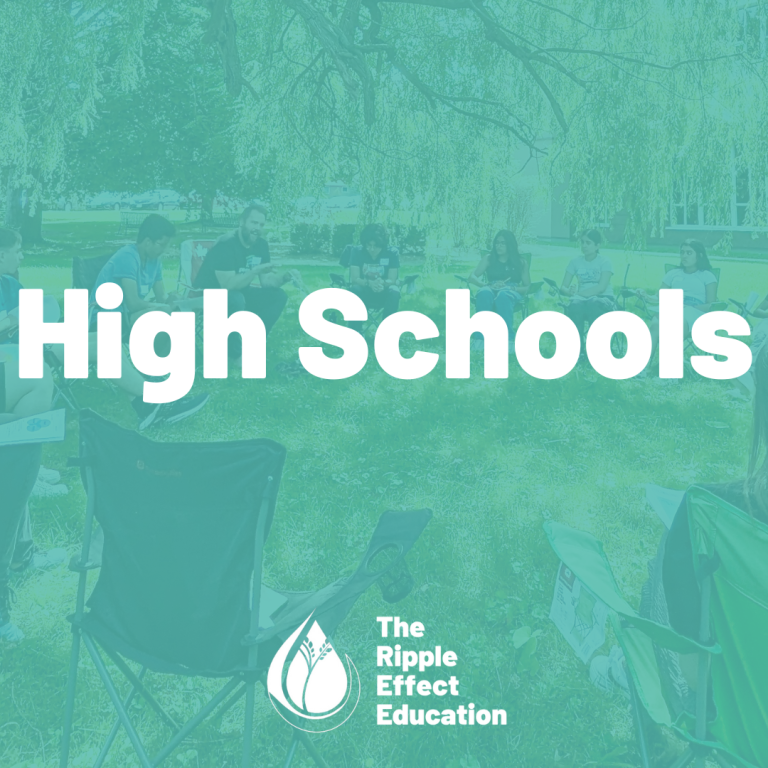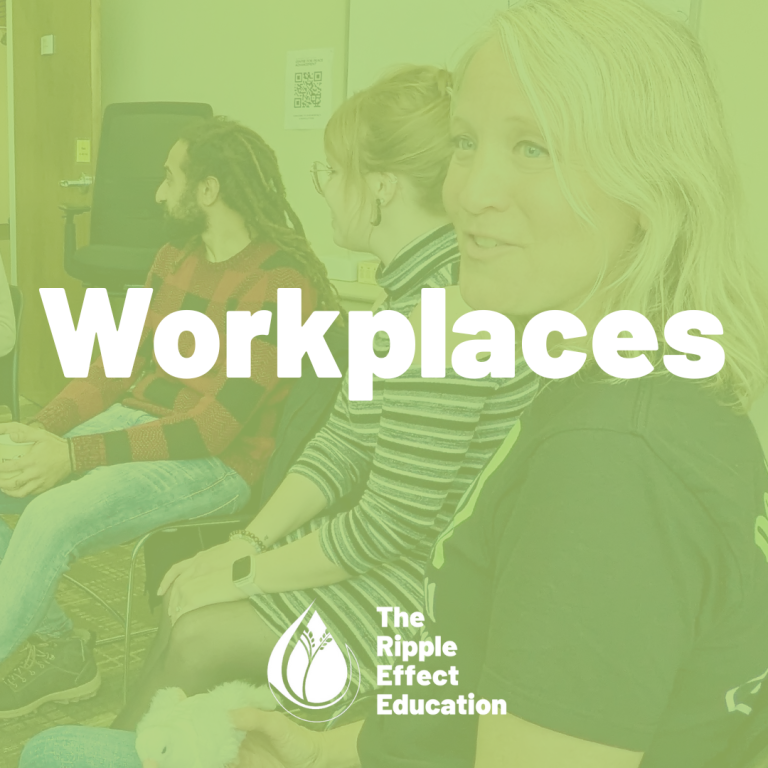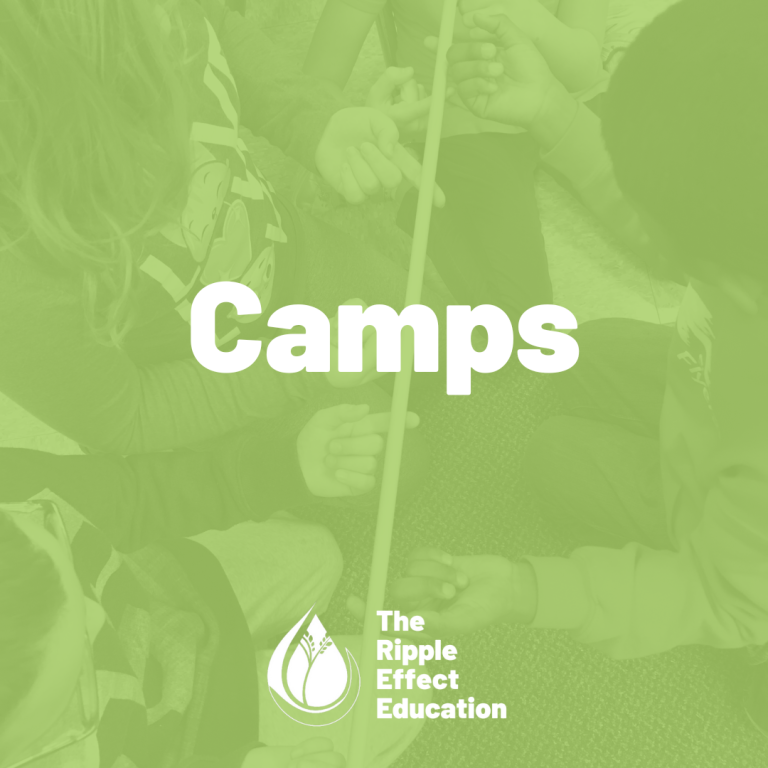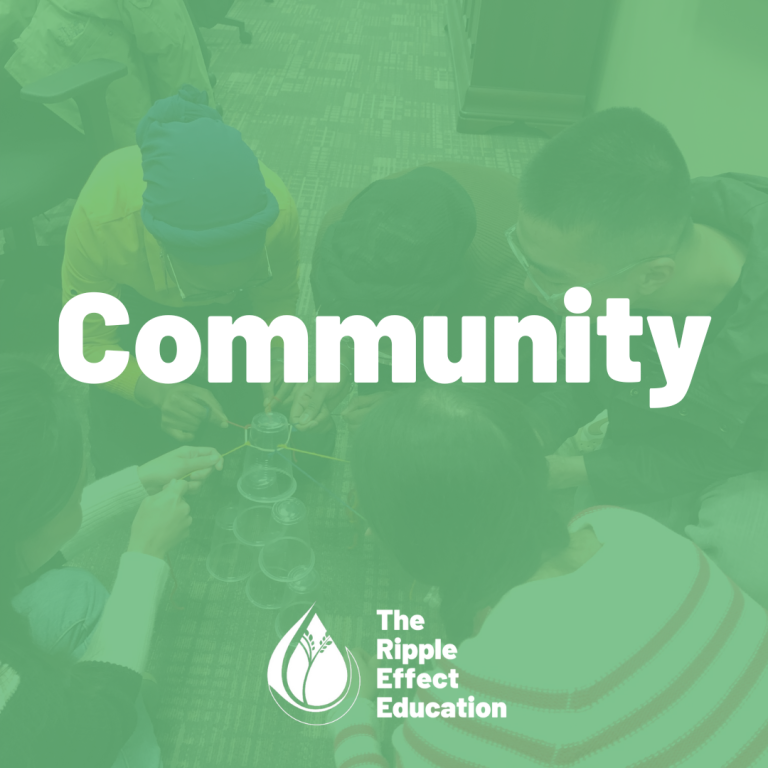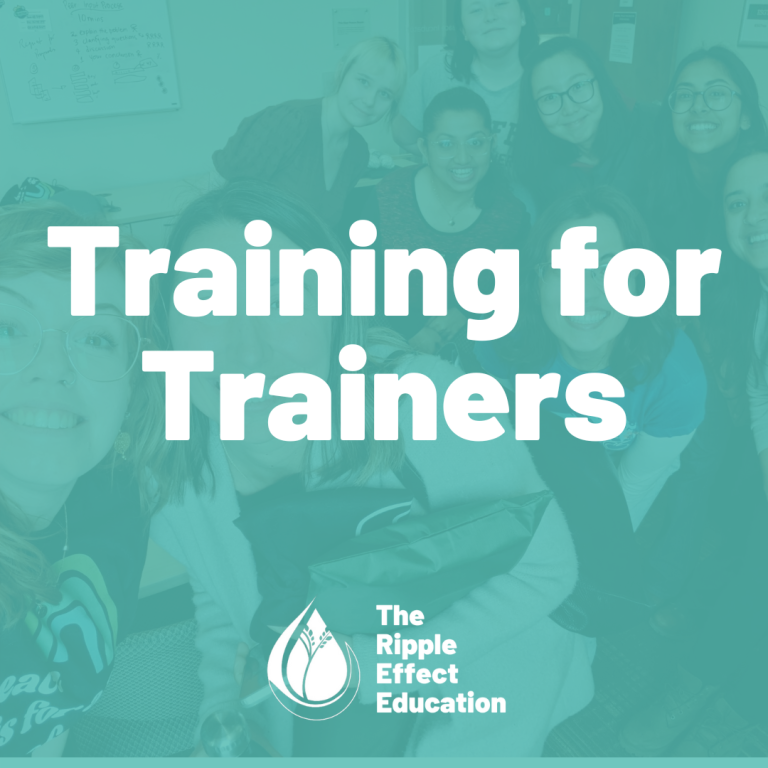I’ve never had much interest in personality tests, until I was introduced to the Enneagram of Personality by a close friend (and former TREE facilitator!) around five years ago. Since then, it’s something that I reflect on often as a way to have a deeper understanding of myself and to have a stronger understanding of my relationships and interactions with others.
If you aren’t familiar with the Enneagram, it is “a system of nine personality types combining traditional wisdom with modern psychology – a powerful tool for understanding ourselves and the people in our lives – with three major applications: personal and spiritual growth; successful relationships at home and at work; leadership development, team building and communication skills for business.” While the Enneagram is incredibly useful in all of these ways, for me, it has been most impactful as a facet of my personal and spiritual growth. The Enneagram has helped me not only to better understand myself, but also to better understand others. It is a meaningful tool that promotes reflection, deeper self-awareness, compassion, and empathy–all of which are part of The Ripple Effect Education’s core values and all of which are helpful skills to bring into transforming conflict.
Being skeptical of personality tests, I initially wasn’t sure if the Enneagram was something I would take seriously. Not that all personality tests need to be serious; I personally find a lot of joy in the “What Type of Pizza Are You?” genre of quizzes on Buzzfeed. However, the Enneagram isn’t simply a personality test, but rather a system used to better understand our motivations and behaviours, as well as the motivations and behaviours of others. Once I discovered my Enneagram Type–I am a Type 2 with a 3 Wing!–and began to read more about it, I felt something click. As I learned more about the typical behaviours, thought patterns, and experiences of Twos and Threes, it felt as if someone had taken a look into the inner workings of my mind and boiled them down into an extremely clear picture of my strengths, weaknesses, shortcomings, and habits, both healthy and unhealthy.
The Enneagram goes much deeper than a personality quiz in a magazine, because it’s based in psychological research, as well as spiritual ideologies and understandings from religions such as Christianity and Sufism. It is considered a psychometric test, which is “a scientific method used to measure an individual’s mental capabilities and behavioral style.” The nine personality types of the Enneagram are characterized by our core motivations, how we navigate relationships, and our understanding of Self. The Enneagram is not meant to put us into boxes, but rather to help us grow through an awareness of our healthy and unhealthy behaviours and what motivates us to conduct ourselves in those ways.
Taking the time to examine my motivations, needs, and instinctive reactions on a deeper level has also helped me to find greater understanding for how these types of characteristics and behaviours present themselves in others. When conflicts arise and I can pause to consider not only the other person’s perspective, but their personality type and intrinsic motivations, it helps me make my response more compassionate and my attitude more open and considerate. If I know that person’s Enneagram Type, I can bring a deeper sense of empathy and curiosity for their perspective to the situation. It also helps me to be mindful of my own default thought patterns and potential unhealthy behaviours that may actually be limiting the resolution of the conflict, or that are creating limits within that relationship as a whole. The more I am aware of these dynamics, the more I can be mindful in my response to conflict.
For example, Type Two is commonly known as The Giver. A common behavioural trait of Twos, and one that I resonate with, is the impulse to solve problems and “fix” things for others, which is motivated by a deep desire to show care and compassion. There is nothing wrong with this of course–the world needs compassionate people. However, if you know anything about active listening, you know that oftentimes immediately trying to come up with a solution is actually not helpful to the other person, when what they really need in the moment is for someone to be present and to provide space for their thoughts and feelings to be heard. There is a time and a place for problem-solving; even though my desire to help others is rooted in love for them, it’s not always the most attentive way to demonstrate that love. This is an example of when I need to pause and reflect on my tendency to react as a Two and remind myself to react in a healthier, more supportive way.
When we practice self-care and self-awareness, examining ourselves at our most vulnerable, we can also extend that grace, understanding, and compassion towards others. It’s usually not easy or comfortable work, but sitting in that discomfort is what allows us to grow.
Author bell hooks, best known for her work studying race, feminism, and class, once said, ““For me, forgiveness and compassion are always linked: how do we hold people accountable for wrongdoing and yet at the same time remain in touch with their humanity enough to believe in their capacity to be transformed?” I believe this gets to the fundamentals of empathy, balancing the radical acts of care that are forgiveness and compassion. When we extend this to others and to ourselves, we become more empathetic and more loving human beings.
If you’d like to discover what Enneagram type you are and learn more about it, I’d recommend following this link to take the free test on Truity.com and explore further. Of course, there are other versions of the test out there, including paid versions with more extensive psychometric details, so feel free to take whichever feels most compelling for you.
And if you’re really looking to dive deep into how the Enneagram works, the basic motivations of each type, and how the Enneagram Types are interconnected, check out this helpful guide from the Enneagram Institute.
Ultimately, empathy is one of the most important and needed tools we have as humans. Anything that helps us deepen our empathy and build bridges between us rather than walls is worth exploring as a part of building positive peace into the world around us.
References
Aloian, A. (2023, June 10). The Nine Enneagram Types, Explained by Experts: Find out your personality type based on what motivates you. Women’s Health. https://www.womenshealthmag.com/life/a43795493/enneagram-types/
Angelou, M., hooks, b., and McLeod, M. (1998). “‘There’s No Place to Go But Up’ — Bell Hooks and Maya Angelou in Conversation.” Lion’s Roar, January. https://www.lionsroar.com/theres-no-place-to-go-but-up/
The Enneagram Institute. (2021). How the Enneagram System Works. The Enneagram Institute. https://www.enneagraminstitute.com/how-the-enneagram-system-works
O’Hanrahan, P. (2010). What is the Enneagram? The Enneagram at Work. https://theenneagramatwork.com/what-is-the-enneagram-1
Truity. (2021). The Enneagram Personality Test. Truity. https://www.truity.com/test/enneagram-personality-test?ppcga=fixed&gad=1&gclid=Cj0KCQjw7aqkBhDPARIsAKGa0oK0i-N9BENzyomHxYKCoirGkCkxNU7Vg9R7UVNrgj_nBl7U8juGsfoaAjhAEALw_wcB
Written by Emily Dorey, TREE Manager of Programs
